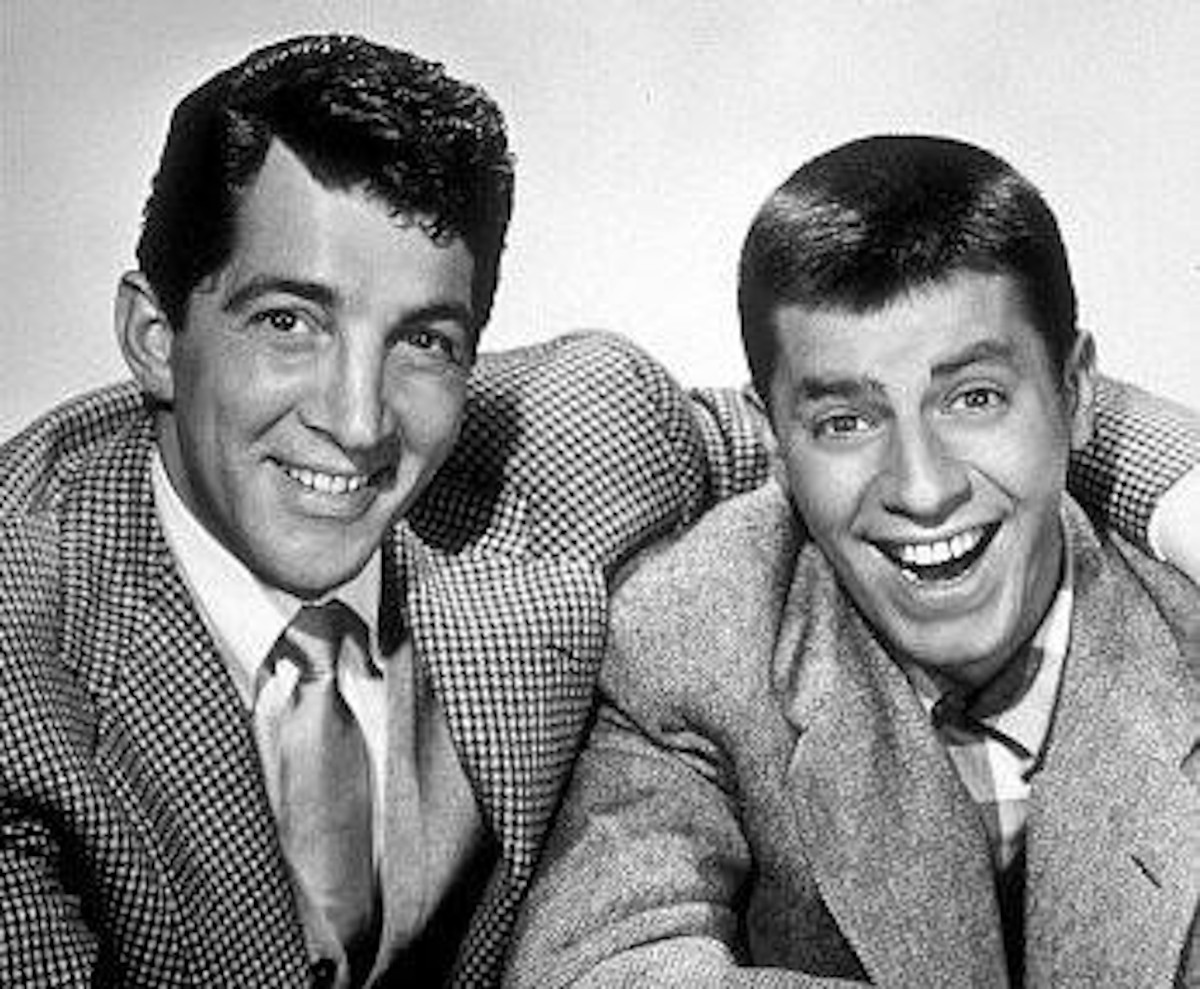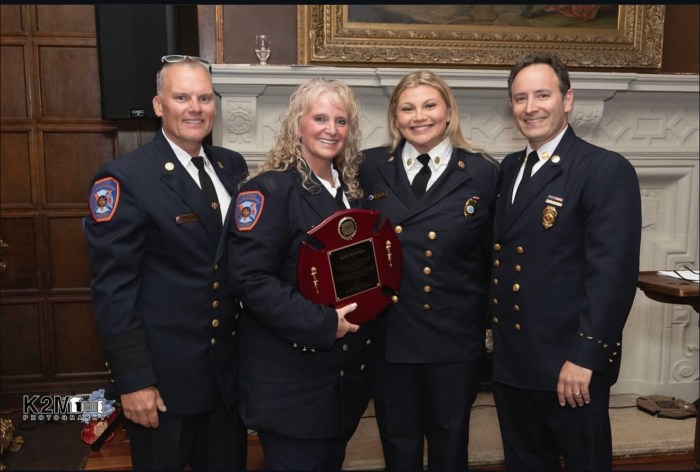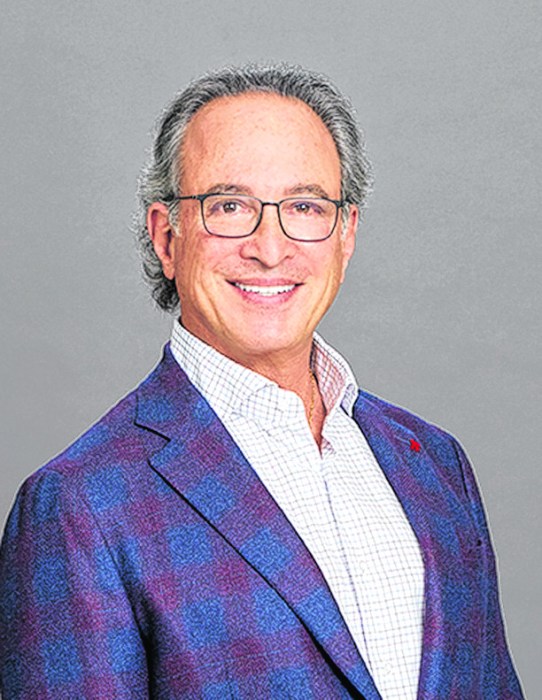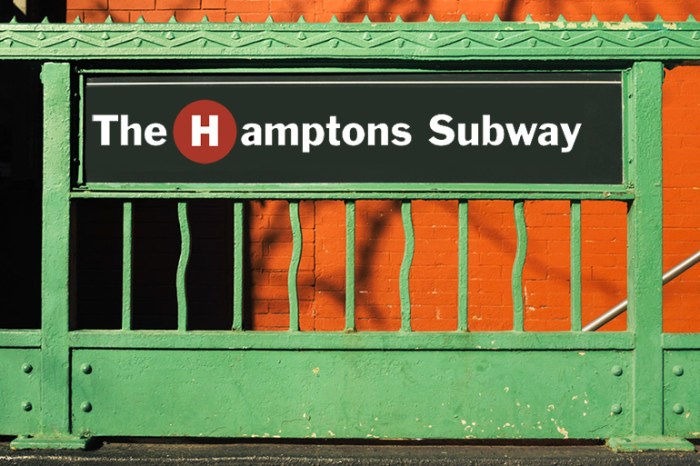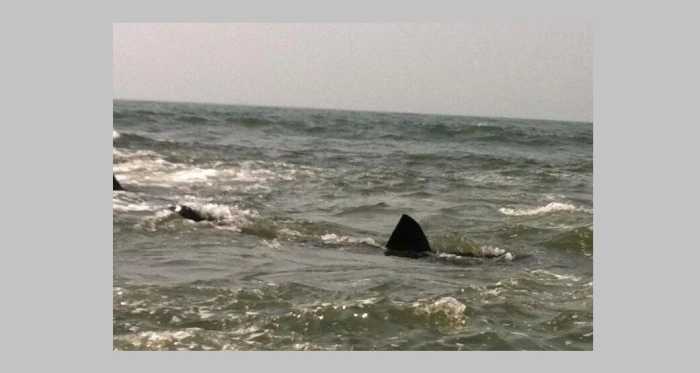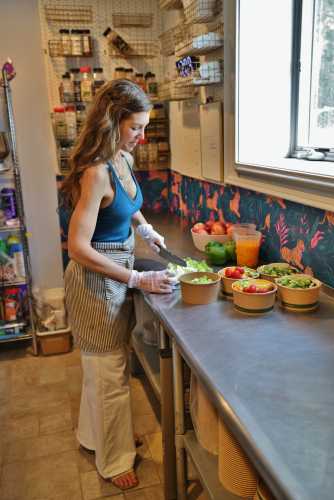Following the Great Depression and a cataclysmic global war, America hungered for laughs. And on July 25, 1946, nearly one year after General Douglas MacArthur accepted Japan’s formal surrender aboard the U.S.S. Missouri, comedy made a comeback.
Dean Martin and Jerry Lewis debuted at the 500 Club in Atlantic City, New Jersey.
No one in attendance, including the two on-stage protagonists, had any inkling that this unlikely pair would become the greatest comedic duo in show business history.
Unlike other teams — Laurel and Hardy, Abbott and Costello, or even Crosby and Hope — Dino Crocetti and Joseph Levitch brought a madcap, unpredictable dynamism to the stage.
In addition to breaking the fourth wall with abandon, Dean and Jerry interspersed mirthful mayhem and irreverence with rich verbal humor. Their extemporaneous two-man revue spoofed societal norms while providing singing, dancing, and sotto voce satire.
But that’s just the tip of the slapstick.
Martin and Lewis supplied guffaws by the bellyful, pioneering a brand of zaniness that would influence comedy well into the 21st century. Steve Martin, Saturday Night Live, Jerry Seinfeld, and David Letterman owe a great debt to Dean and Jerry.
Rather than simply recycling hoary vaudeville routines, the boys played off their physical differences: the suavely handsome Italian singer-cum-straight man pitted against a pratfalling Jewish pagliaccio.
Shattering conventional show business wisdom, these wacky revelers introduced a combustible commedia dell’arte dimension to the proceedings — all the while evincing a genuine, almost brotherly affection for one another.
It was a love story between two goofy men who endeared themselves to a nation.
The boys clowned around as much with themselves as with band leaders and the audience. In between trading impromptu quips, Martin & Lewis overturned tables, cut ties, sheared suits, and spritzed seltzer on one and all in a frenetic pursuit of fun. Both critics and fans could see that Dean and Jerry were having as much of a ball as the audience.
As Carl Reiner noted, spontaneity was their mantra: “I saw what I thought was the funniest ad-libbed thing I had ever seen. It was a riot and we never stopped laughing.”
Martin and Lewis were the kings of all media, conquering radio, nightclubs, television, and the silver screen. From 1949 to 1953, the partners headlined the Martin & Lewis radio series. Having made their initial TV appearance in 1948 on The Toast of the Town (which later became The Ed Sullivan Show), Dean and Jerry periodically co-hosted The Colgate Comedy Hour. Moreover, from 1950 to 1956, the Martin and Lewis-led programs frequently beat Sullivan in the ratings. These episodes set the highest record of any NBC show at that time.
The 60-minute Martin and Lewis extravaganzas, which were televised live, brought the boys’ theater-of-the-absurd hilarity directly into the homes of everyday Americans. (Luigi Pirandello would have been proud indeed.)
It wasn’t long before Hollywood beckoned. In 1949, Dean and Jerry finally made it to the big screen in My Friend Irma. The film’s success engendered a sequel — My Friend Irma Goes West. Audiences simply couldn’t get enough of the daffy duo, clamoring for even more Martin and Lewis flicks. All told, Dean Martin and Jerry Lewis starred in 16 motion pictures together, not counting a cameo in The Road to Bali (a Bob Hope and Bing Crosby film.)
The Martin and Lewis oeuvres were veritable cash cows at the box office. Sailor Beware, which cost less than $750,000, amassed $27 million worldwide — a heady sum in 1952. However, in pursuing the bountiful bottom line, producer Hal Wallis tended toward the formulaic: before he gets the girl, debonair Dean must contend with the antics of Jerry, his needy nebbish of a sidekick.
Still, there were more than a few gems in the duo’s body of filmic work. Though Jerry remained the peripatetic clown, Dean’s smooth-as-silk persona, innate acting prowess, and ingratiating on-screen charm centered the celluloid narratives.
Indeed, Jerry always understood that his partner was the fulcrum around which the act pivoted, calling Dean “the greatest straight man in the history of show business” and a “genius.”
Some of the most notable Martin & Lewis films include: The Caddy, Artists and Models, You’re Never Too Young, Living It Up, The Stooge, and That’s My Boy.
Dean Martin and Jerry Lewis gave their final performance at the Copacabana in New York on July 25, 1956 — 10 years (to the day) after they’d teamed up as a comedic duo.
Though Dean and Jerry crossed paths in a humorous cameo on The Eddie Fisher Show in 1958, the two officially reunited in 1976 when Dino strode onto the stage and surprised Jer at the Muscular Dystrophy Telethon.
Jerry returned the favor in 1989 when he joined Dean at Bally’s Hotel and Casino in Las Vegas to celebrate the King of Cool’s 72nd birthday. Wheeling out a huge cake, Jer sang “Happy Birthday” and said, “Why we broke up, I’ll never know.” Touched by his old partner’s gesture, Dean replied “I love you, and I mean it.”
Now that’s truly amore.
Sign up for Long Island Press’ email newsletters here. Sign up for home delivery of Long Island Press here. Sign up for discounts by becoming a Long Island Press community partner here.




